What’s the best time to travel to Africa?
We want to make sure you have the best possible experience in Africa. Therefore, it is important to know what the purpose is of your visit. Talk to us for personal advice on where to go and when.
We want to make sure you have the best possible experience in Africa. Therefore, it is important to know what the purpose is of your visit. Talk to us for personal advice on where to go and when.
The Botswana’s parks are some of the most beautiful in Africa, depending on what you want to see will truly determine when to travel, but with it’s unique habitats and dramatic wilderness changes, anytime is a great time to visit Botswana. Home to Okavango Delta, the yearly flooding of the basin allows the area to replenish its rich resources of lush grass that attract wildlife and brings new life to the region. To experience the peak of the floodwaters in the Delta, the best time to visit would be between June and September. The weather around these months is ideal, there is a very slight chance of rain with the days warm and the evenings slightly cooler. Peak season is between July and October, keep this in mind when booking as this is also the busiest and most expensive so book early to avoid any disappointments.




The best time to visit Kenya is during the yearly migration of wildebeest, zebra’s, and gnu’s who cross the Mara between July and October. With the lack of water during this “dry season” the animals tend to hang out more around the waterholes, rivers and lakes. The vegetation will be less green which makes it even easier to spot wildlife because they won’t be able to hide behind thick green vegetation. The weather around this time is similar to Botswana as there will be slight chances of rain with the day time being comfortably warm and the evening’s cooler, perfect for evenings around the campfire.
The best travel time for Madagascar is from April to October. These are the dry winter months. It is then cool and dry and the roads are best accessible. The summer months are from November to March in Madagascar. These months are also known as the hurricane season. These are certainly not the best travel months as the winds in the east can be extreme and the rain is intense, making the island largely difficult to reach.



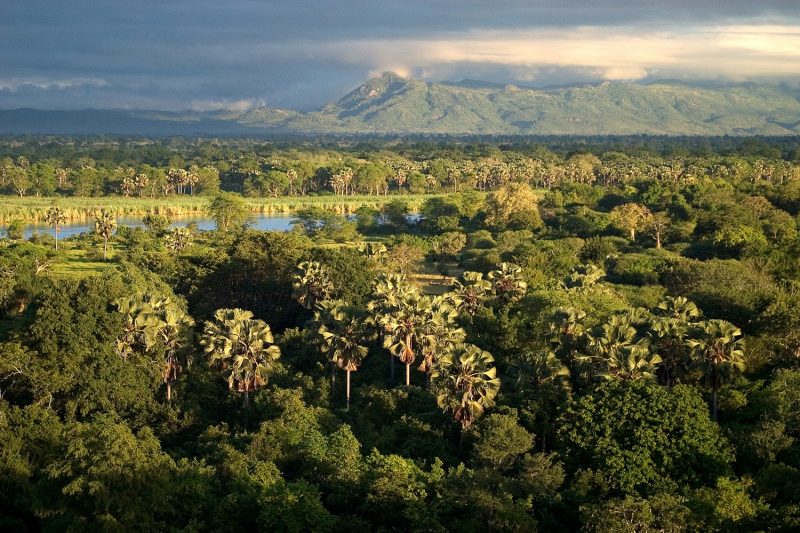
Malawi has a hot summer rainfall season from November to April so the best time to visit is during the drier winter months – early May to late October. Winter gets chilly high up on the northern Nyika Plateau but down on the shore of Lake Malawi you can expect warm, sunny and dry days – great beach weather! This is also when to go to Malawi for the best game viewing – much of the vegetation has thinned out and animals are concentrated at rivers and permanent waterholes. We’d recommend avoiding a Malawi holiday during the mid-summer months of January and February: temperatures can get uncomfortably hot and humid, rainfall is at its highest – and so is the risk of malaria – while some of the roads in the national parks become impassable.
The climate on Mauritius is very nice. The average temperature is 26 degrees celcius and doesn’t rain very often, although there is always a chance for a heavy rainshower. The biggest chance for these tropical rains to happen are in the period from December until April. The dryest months are by far September and October.
Ofcourse, it’s getting harder and harder to predict the weather accurately, as the climate is changing unfortunately. It also depends a little where you are on the island. The north is where you can find most of the beaches and the weather is mostly very good here. The eastern part of Mauritius can be a lot windier compared to north, especially during the winter. The south of Mauritius is very famous for its steep cliffs and rocks, which are worth a visit. This area is, just like the west of Mauritius, quite dry and hot. This area is good for kitesurfing for example.

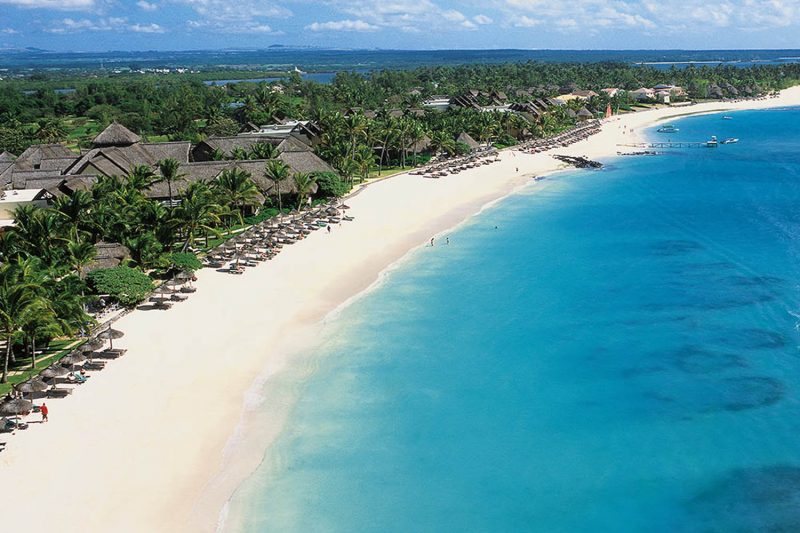


Mozambique is located in the south eastern part of the African continent. The country can be visited throughout the year, but there are a few periods which can better be avoided. Mozambique has a cyclone season, which takes place in January and February. Be prepared for heavy rainfall and storms during that period. However, since Madagascar is located in front of the coast of Mozambique, real depressions are blocked.
Although the whole country is more desert than anything else, Namibia still has a dry and wet season! Etosha National Park is the number one destination of Namibia. The best time to visit Etosha is between May and September. This is the dry season. During the “dry season” the animals hang out more around the waterholes and are easier to spot. Namibia is also a very popular country amongst bird watchers. The best time to spot birds is during the summer months, from December until March. The weather will be hot and humid, and there will be sudden “out of nowhere” thunderstorms, but completely worth it! The diversity of birds, around this time, is quite a spectacle and something you won’t soon forget.

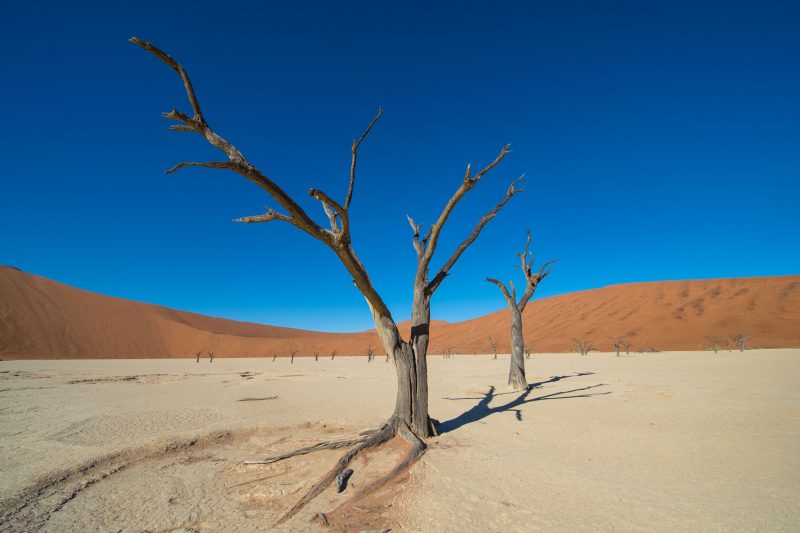


The climate at the Seychelles completes it as a tropical destination. There is sunshine throughout the year, but there can be rainfal every day. The heaviest rainfall can occur between November and March.
Though Uganda is a year round destination owing to its equatorial climate, the best time to visit is during its relatively drier seasons, primarily between December to March and June to September. December to March are the hottest months in Uganda, with temperatures escalating up to 29 degrees Celsius (84 degree Fahrenheit) on some days. July to September, however, are regarded as the coldest months in Uganda. In addition to the favorable weather, the conditions are ideal around these months to spot gorillas on any of the trekking adventures into the lush forests in the region.

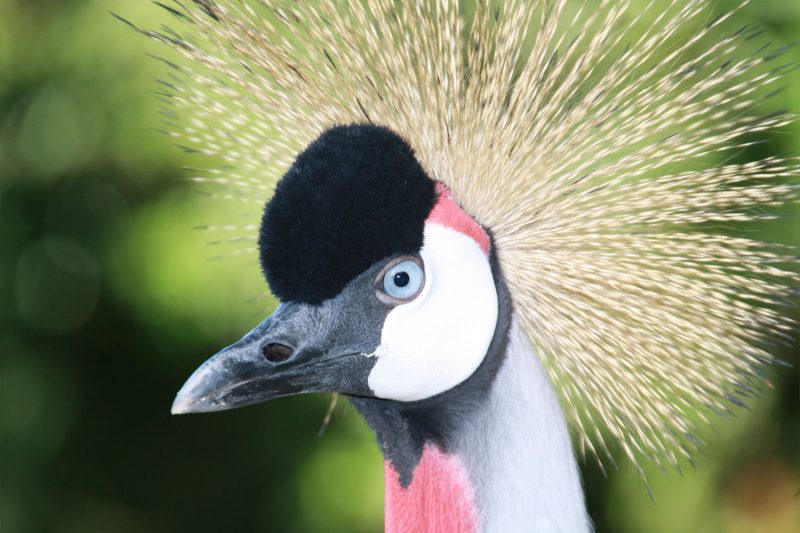


Eventhough one can visit the country of Rwanda throughout the year, it is still best to travel in between the two rainy seasons. The longest rain period mostly lasts from March until May. The shorter rainy season takes place in November. During these rainy seasons, the mountain gorilla trekking in Volcanoes National Park may be very difficult due to many slippery paths.
The July and August are therefore a very good period to visit Rwanda. The temperature is almost the same throughout the year, about 26 degrees celcius. Keep in mind that the nights on the mountains in Volcanoes National Park can get very cold and humid.
If you want to see the Great Migration unfold, head to Tanzania’s northern parks; the Serengeti and Ngorongoro. The best time to witness the migration is probably February and March when the wildebeest and zebra have their young. Not only can you enjoy seeing baby animals, but the predators are at the highest number too. Because the herds also concentrate in the south of the Serengeti, it’s easy to plan your wildlife viewing in that area. June to November is Tanzania’s dry season and is the best time to visit all the parks (and you can always hop over to Kenya’s Masai Mara to witness the Great Migration during this time).
Tanzania’s Southern Parks are perfect to visit during this time since the animals tend to congregate around permanent water and it isn’t so hot and humid. All of Tanzania’s parks suffer from the rains which generally fall from March to May in the North, and from November to May in the South and West. Roads get washed out and given the sheer size of Tanzania’s parks, the animals tend to spread out, and this makes wildlife viewing less satisfying (if you’re looking for sheer numbers of animals). December through March can get quite hot and humid, especially in Western and Southern Tanzania which makes it a little uncomfortable to spend a lot of time in the bush.
If you want to add a hike up Mount Kilimanjaro, (a highly recommended must do, “once in a lifetime” adventure!) the best time to hike is January through Marchand September through October.




The best time to enjoy Zambia’s wildlife is from September through mid-November which is the end of the dry season. Elephants abound and large herds of buffalo, impala, zebra and others congregate in the Lower Zambezi Valley. April to September is also a good time to go, but beyond these months many parks in Zambia all but shut down due to impassable roads. In November, there’s a smaller version of the Great Migration where 30,000 wildebeest gather in Zambia’s Liuwa Plain National Park, that’s not witnessed by many, but worth trying to plan a trip around.
The Victoria Falls are at their most impressive in March and April after the rainy season. You will get totally soaked to the bone with the thunderous spray coming off the falls at this time of year.
July to October is the best time to go to Zimbabwe’s excellent wildlife parks, especially Hwange, the largest game reserve in the country. White water rafting on the Zambezi is best from August to December when the water is low and the rapids are fast.
The Victoria Falls are at their most impressive in March and April after the rainy season. You may have difficulty seeing all of the falls due to massive amounts of spray, it can be quite torrential.

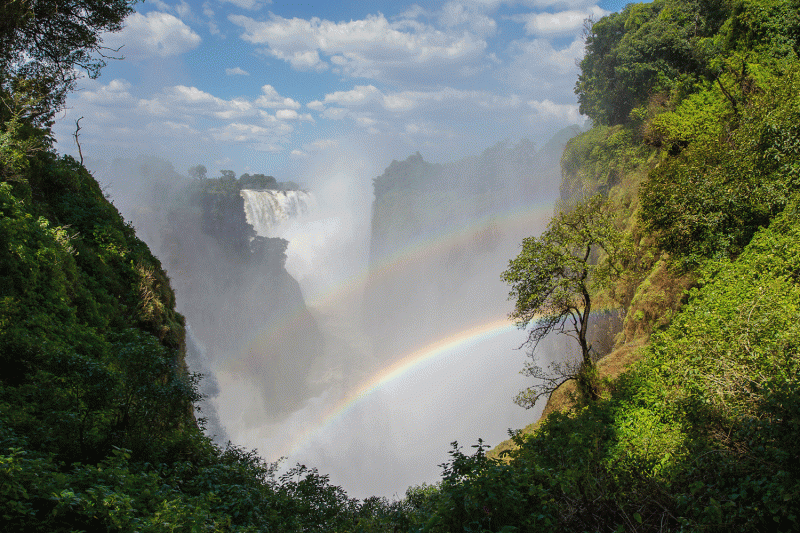

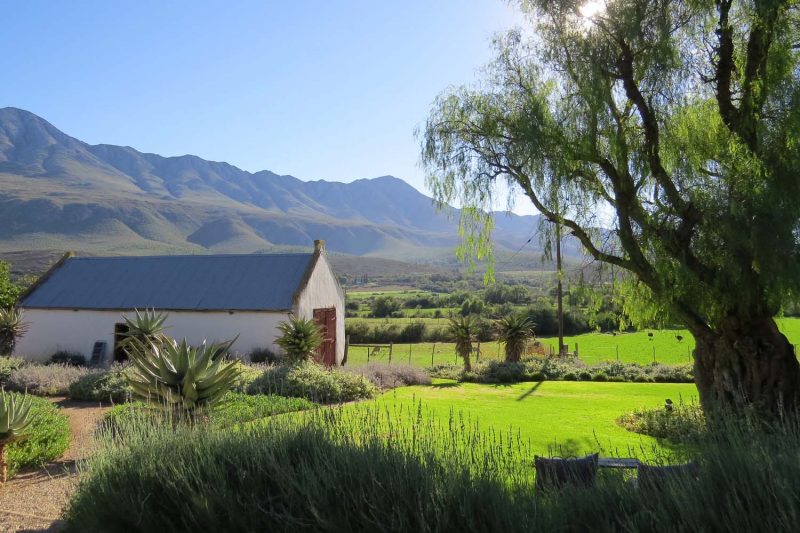
The prime safari areas in South Africa around Kruger National Park are best visited from June through September when the weather is cooler and dry. But South Africa’s wildlife parks have better infrastructure than most parks in Africa, so rains don’t necessarily mean the roads will be washed out. There are also many excellent game parks in South Africa’s Eastern Cape region which experiences less rain during the winter months than in the north of the country.
The migration covers over 3,000 kilometres on the stage of the Serengeti and Masai Mara plains. It is a constant movement of 2.5 million animals.
The migratory herds: 1.7 million wildebeest, the remainder being zebra, Thomson’s Gazelle and eland.
The predators: As the herds travel they are pursued by the Big Cats – lion, leopard and cheetah who are in the main territorial. They also fall prey to hunting dog, hyena and jackal as well as crocodile lurking in the rivers.
The Residents: Elephant, giraffe, black and white rhino, topi, impala, buffalo, Grant’s gazelle, buffalo, warthog, waterbuck, hippo, hartebeest and roan antelope can be found all year across the parks. Below is an approximate guide only. The movements of the herds does vary from season to season particularly depending on weather conditions.
The herds spread out as the rains fall, then can be seen massing with their young. By Apr they are shifting slowly north into the central Serengeti. May finds them moving in columns into the Western Corridor whose grasslands are maintained by the flood waters of the Mbalageti and Grumeti Rivers.
The cool, dry months. The herds mass on the western wooded grasslands. The famous rut usually occurs in the Seronera area, then crossing the Grumeti, two flanks can appear rapidly moving west and out of the park, with the other flank heading north towards Lobo, reaching the Mara usually by Aug. The river crossings in the Mara offer dramatic moments as animals perish in swollen flood-waters and the jaws of crocodiles.
The nomadic herds are found on the well watered expanse of open and bushed grasslands of the Mara as these are usually the driest months in the Serengeti. The short rains are not far away.
The herds head south feeling the rains coming, moving into the eastern woodlands of the Serengeti and Ngorongoro Conservation area. By Jan they settle on the short grass plains of the southern Serengeti, Dec to Jan being the peak for the birth of zebra foals and late Jan to Feb of wildebeest calves. The predators are close by. Calves are usually on their feet within 3 minutes but the young are very vulnerable.
